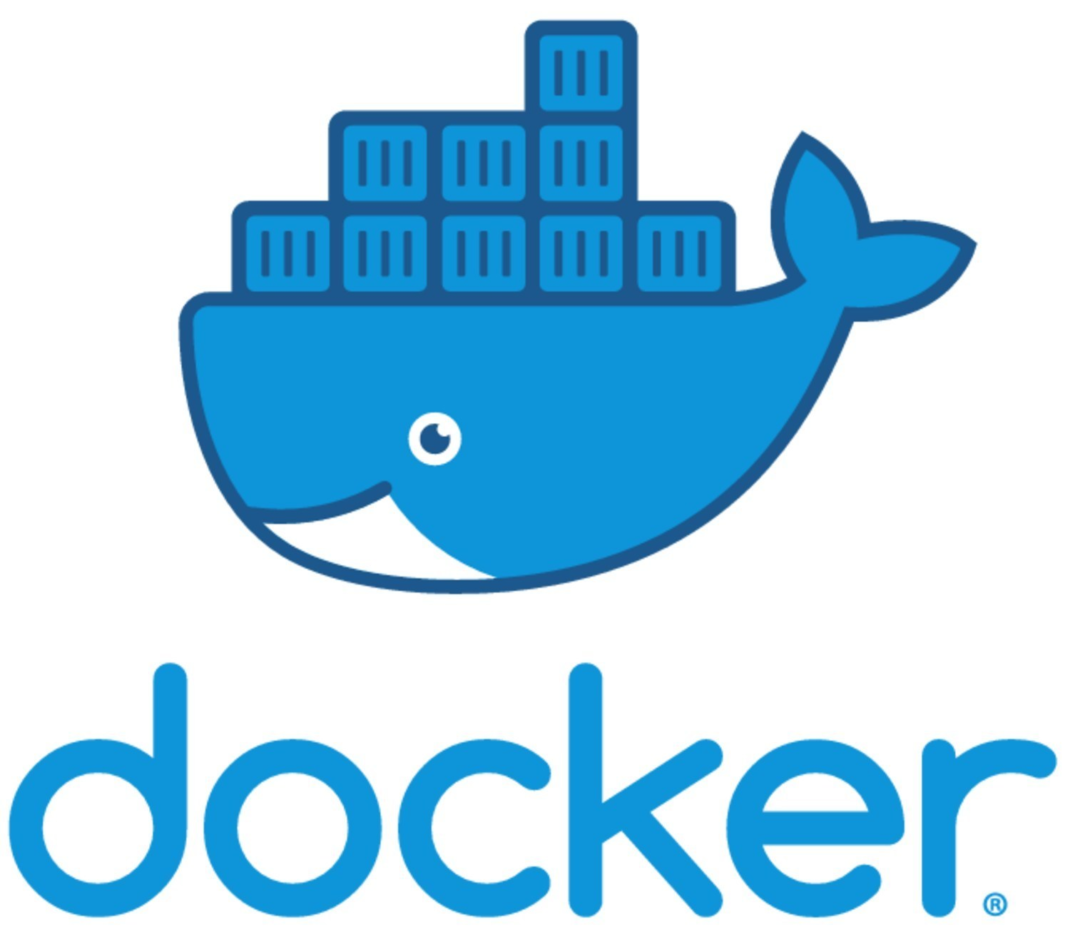Containers have revolutionized the way applications are deployed and managed. Among the many options available, Docker stands out as a leader in containerization. But what if you want to take your Docker containers to the cloud? In this comprehensive guide, we’ll delve into the top 5 Container-as-a-Service (CaaS) solutions that enable you to seamlessly run Docker containers on the cloud.
Understanding Cloud-based Containerization
Running Docker containers on the cloud offers unparalleled flexibility and scalability. Cloud-based containerization allows you to decouple your applications from the underlying infrastructure, making deployment and management a breeze. It’s a game-changer for modern development.
The Power of CaaS Solutions
Container-as-a-Service (CaaS) solutions take the complexity out of container deployment. These platforms offer pre-configured environments for running Docker containers, eliminating the need for manual setup and management. Let’s explore the top 5 CaaS solutions that simplify cloud deployment.
1. Kubernetes Engine
Kubernetes, often referred to as K8s, is a powerhouse in the container orchestration realm. Kubernetes Engine, offered by Google Cloud, provides a managed Kubernetes environment. Its automated scaling, load balancing, and self-healing capabilities make it a top choice for enterprises.
2. Amazon ECS

Amazon Elastic Container Service (ECS) is Amazon Web Services’ answer to container orchestration. ECS boasts seamless integration with other AWS services, ensuring a holistic cloud-native experience. Its support for Fargate, a serverless compute engine, offers even more deployment options.
3. Microsoft Azure Container Instances

Azure Container Instances (ACI) by Microsoft Azure is designed for effortless container deployment. It allows you to deploy containers without managing the underlying infrastructure. ACI is perfect for scenarios where simplicity and rapid scaling are essential.
4. Docker Enterprise

Docker Enterprise extends the capabilities of Docker to the cloud. With features like Docker Swarm for orchestration and Kubernetes support, it provides a comprehensive solution for container deployment. It’s an excellent choice if you’re already familiar with Docker technologies.
5. IBM Cloud Kubernetes Service

IBM Cloud Kubernetes Service brings the power of Kubernetes to the IBM Cloud ecosystem. It offers advanced security features, intelligent scheduling, and seamless integration with other IBM Cloud services. This service caters to businesses looking for a robust and secure container orchestration platform.
How to Deploy Docker Containers with CaaS Solutions
Let’s walk through the general steps to deploy a Docker container using a CaaS solution. While the specifics may vary, the core process remains consistent across platforms.
- Create a Cloud Account: Sign up for the chosen CaaS solution and set up your cloud account;
- Prepare Your Docker Image: Build or pull a Docker image that contains your application and its dependencies;
- Push Image to Container Registry: Store your Docker image in the platform’s container registry;
- Define Deployment Configuration: Specify deployment settings, including resource allocation and scaling options;
- Deploy Container: Initiate the deployment process and watch as your Docker container launches;
- Monitor and Scale: Utilize the platform’s monitoring tools to track performance and scale your containers as needed.
A Comparison Table for Easy Reference
Here’s a quick comparison of the key features of the top 5 CaaS solutions:
| Feature | Kubernetes Engine | Amazon ECS | Azure Container Instances | Docker Enterprise | IBM Cloud Kubernetes Service |
|---|---|---|---|---|---|
| Orchestration | Kubernetes | Proprietary | None | Kubernetes / Swarm | Kubernetes |
| Integration | Google Cloud | AWS | Microsoft Azure | On-Premise / Cloud | IBM Cloud |
| Serverless Option | No | Fargate | Yes | No | No |
| Scalability | High | High | Moderate | Moderate | High |
Considerations for Choosing the Right CaaS Solution
When selecting a CaaS solution for running Docker containers on the cloud, several factors come into play. Let’s explore some essential considerations to help you make an informed decision.
Scalability and Performance
Consider the scalability and performance capabilities of the CaaS solution. Look for features such as automatic scaling, load balancing, and resource allocation customization. Your choice should align with your application’s growth potential.
Integration with Existing Tools
Integration with your existing development and deployment tools is crucial. Opt for a solution that seamlessly integrates with your CI/CD pipeline, monitoring tools, and version control systems. This integration streamlines your workflow and minimizes disruptions.
Security and Compliance
Security is paramount when deploying applications on the cloud. Evaluate the security features offered by the CaaS solution, such as network isolation, encryption, and identity management. Ensure that the platform complies with relevant regulations and standards.
Cost and Pricing Models
Different CaaS providers offer varying pricing models. Assess the cost structure, including factors like compute resources, storage, and data transfer. Compare pricing plans and consider the long-term cost implications of your choice.
Best Practices for Cloud-based Container Deployment
Successful deployment of Docker containers on the cloud requires adherence to best practices. Here are some tips to ensure a smooth and efficient deployment process.
Optimize Docker Images
Create lightweight Docker images by removing unnecessary dependencies and minimizing layers. This not only improves deployment speed but also conserves resources.
Use Configuration Management
Leverage configuration management tools to define and manage your application’s settings. This ensures consistency across deployments and simplifies maintenance.
Implement Health Checks
Set up health checks within your containers to monitor the application’s status. The platform can then automatically replace failing containers, ensuring high availability.
Leverage Infrastructure as Code
Use infrastructure as code (IaC) tools to define your cloud resources and configurations in a version-controlled format. This approach enhances reproducibility and simplifies scaling.
Future Trends in Cloud-based Containerization
As technology evolves, so do the trends in cloud-based containerization. Keeping an eye on these trends can help you stay ahead in the ever-changing landscape.
Serverless Containerization
The convergence of serverless computing and containerization is gaining traction. Serverless container platforms allow you to focus solely on code, leaving infrastructure management to the platform.
Multi-Cloud and Hybrid Strategies
Enterprises are increasingly adopting multi-cloud and hybrid cloud strategies. This trend promotes flexibility, avoids vendor lock-in, and optimizes resource utilization.
Edge Computing Integration
Integrating containerization with edge computing enables applications to run closer to the data source, reducing latency and enhancing real-time processing capabilities.
Enhanced Security Measures
Continued focus on security will drive the development of advanced container security solutions, ensuring that containers remain a safe and reliable deployment option.
Case Studies: Real-world Implementations
Real-world case studies offer insights into how organizations have successfully utilized CaaS solutions for running Docker containers on the cloud.
Spotify’s Kubernetes Journey
Spotify, a music streaming giant, adopted Kubernetes for its container orchestration needs. By leveraging Google Kubernetes Engine, Spotify achieved efficient resource utilization and seamless scalability. This move enabled Spotify to provide uninterrupted music streaming to millions of users worldwide.
Airbnb’s Microservices on Amazon ECS
Airbnb’s transition to a microservices architecture was supported by Amazon ECS. By breaking down their monolithic application into smaller services, Airbnb achieved greater agility in development and deployment. The scalability of ECS allowed Airbnb to handle fluctuations in user traffic during peak periods.
Tips for Optimizing Cloud-based Container Performance
Optimizing the performance of Docker containers on the cloud involves strategic considerations and fine-tuning. Here are some actionable tips to enhance your container performance.
Right-sizing Resources
Allocate appropriate resources to each container. Overprovisioning can lead to wastage, while underprovisioning can result in performance bottlenecks. Regularly monitor resource utilization and adjust as needed.
Load Balancing Strategies
Implement effective load balancing mechanisms to evenly distribute traffic across containers. Load balancers help prevent overburdening specific instances, ensuring consistent application performance.
Caching Mechanisms
Integrate caching mechanisms to reduce database queries and accelerate data retrieval. Caching optimizes response times and minimizes the load on backend services.
Exploring Cloud Vendor Lock-in Mitigation Strategies
One concern with using specific cloud providers is the potential for vendor lock-in. However, several strategies can help mitigate this risk.
Adopt Container Standards
Embrace container standards like Docker and Kubernetes that promote portability across different cloud platforms. This approach allows you to switch providers without significant code changes.
Leverage Multi-Cloud Deployments
Distribute workloads across multiple cloud providers to reduce dependence on a single vendor. This approach provides flexibility and safeguards against service outages.
Evolving Challenges in Cloud Containerization
While cloud containerization offers numerous benefits, it also presents challenges that organizations must navigate.
Complexity Management
As containerized environments grow, managing their complexity becomes challenging. Implement robust monitoring and management tools to maintain visibility and control.
Security and Compliance
Securing containerized applications demands continuous vigilance. Regularly update images, enforce access controls, and monitor for vulnerabilities to ensure a robust security posture.
Data Management
Managing data across distributed containers requires thoughtful planning. Implement data persistence strategies and backup mechanisms to safeguard critical information.
Embracing the Future of Cloud Containerization
Cloud containerization is set to evolve further, with innovations that shape the landscape of application deployment.
Edge-native Containerization
Container platforms designed for edge computing scenarios will become more prevalent. These platforms empower applications to thrive in latency-sensitive environments.
AI and Automation Integration
Artificial intelligence and automation will play a pivotal role in container orchestration. Self-healing, auto-scaling, and intelligent workload placement will become standard features.
Green Computing Initiatives
Efforts toward eco-friendly computing will extend to container environments. Container platforms will focus on optimizing resource utilization to minimize energy consumption.
Conclusion
Running Docker containers on the cloud doesn’t have to be daunting. The top 5 Container-as-a-Service solutions we explored—Kubernetes Engine, Amazon ECS, Azure Container Instances, Docker Enterprise, and IBM Cloud Kubernetes Service—provide seamless options for deploying containers. Whether you’re new to cloud deployment or a seasoned pro, these platforms have you covered.
FAQs
While Docker is widely used, alternatives like Podman and rkt offer similar containerization capabilities.
Switching between CaaS solutions might involve some migration effort, but it’s certainly possible with proper planning.
Kubernetes Engine and Amazon ECS are both well-suited for microservices due to their strong orchestration features.
Yes, many CaaS providers offer free tiers with limited resources, making it ideal for experimentation.
No, these platforms are designed to abstract complexities. However, some familiarity with Docker and cloud concepts is beneficial.
